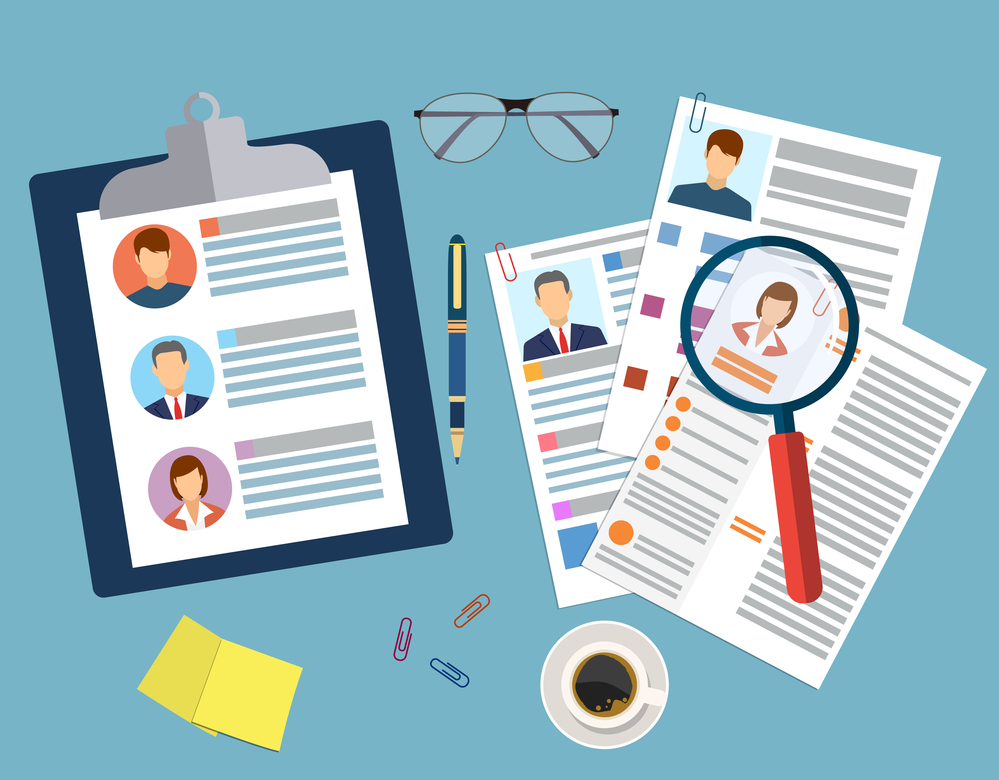In today’s fast-paced business world, more organizations need their human resource management to work efficiently and simplistically. This is necessary to improve time management and allow HR staff to focus on critical functions and daily operations.
Fortunately, there are many ways you can do this, with the most common one being digital solutions. These have been programs created to keep your HR workforce productive and high performing.
Here are four ways to streamline your HR processes:


Table of Contents
1. Switch To Paperless
Finding the data you need is likely more difficult if your HR office still primarily uses paper documents. Additionally, searching for the correct documents can steal time and create disorganization and inefficiency in your workflow.
Thus, you can streamline this process by going paperless and switching to cloud-based HR programs. These applications allow you to manage, store, and access your files online from a single source. That way, the software for HR management can allow you to pull specific information when you need it or access all of it at once to analyze, compare, and capture new data.
Many of these software programs also offer employees self-service so workers can stay engaged and manage some of their data such as changing their physical address or finding records of the benefits they qualify for. Just as importantly, employees can find answers to inquiries through a quick search, reducing the time HR staff have to stop working to answer simple queries.
2. Integrate HR And Payroll Systems
Another simple way to optimize your HR processes is to integrate them with your payroll system. Handling payroll systems separately increases the risks of redundancy, double entries, and human errors while taking considerable time to manage independently. This is especially the case if you’re using two systems that don’t communicate with each other.
Thus, the integration can merge all your systems into one and sync with day and time tracking information such as pay rates, billable hours worked, leave time, bonuses, and increases. If integration is too big a task, then your company could opt for a service that has the integration built in. Doing this also gives your employees an advantage because it ensures they won’t experience delays, mistakes, or inconsistencies in their paychecks. Your HR department can focus on completing their tasks altogether.
3. Outsource
If you’re a small to medium enterprise that doesn’t have the capital to hire a full HR office, consider outsourcing some of the work to outside professionals. Not only will this lower the workload pressure of your limited staff, but it’ll also allow you to save money on administrative costs by hiring out contract-based work.
In terms of a more streamlined HR process, a major benefit of HR outsourcing improves management and minimizes risk. Labor and employment laws are constantly changing, and it can be challenging for an in-house team to stay updated on these changes without slowing down their daily workload. Thus, an outsourced HR service can be solely employed to keep up with these new laws and keep your business in compliance with them. Additionally, they can effectively audit your existing processes to ensure you remain cooperative.
4. Automated Training And Onboarding
Recruitment, training, and onboarding of new staff are undoubtedly one of the most important yet time-consuming HR tasks. They also require a lot of information processing and document preparation. This only gets more complex when trying to organize team member training and new hire onboarding that doesn’t clash with existing schedules.
As such, an essential solution for streamlining these processes is through automation software. These software tools can book and amend employee training based on schedules and send reminders of upcoming sessions. New hires can also utilize interactive webinars, tutorials, and fillable orientation programs generated by the software. As for recruitment, automation software can generate pre-employment tests and screenings, which make the hiring process faster and simpler.
Conclusion
Streamlining your HR processes consists of implementing systems and strategies that help your employee management staff work smoothly. This entails using software designed to integrate HR processes into one ecosystem and empowering employees to become part of the management process.
In addition to this, your processes can benefit from automated manual tasks and converting physical documents into digital data for easier access. It can also include hiring HR staff to complete some of the more routine tasks with an outside expert.
Doing these can reduce tedious and daunting duties that consume too much time for starters. Therefore, applying a few of the above suggestions can significantly improve the operational outcomes of your HR department and its daily processes.

